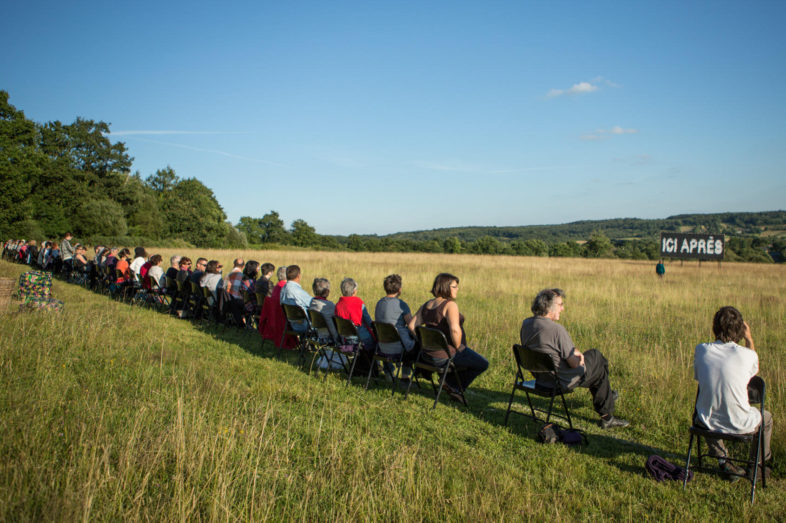Module 3
scenography in public spaces

The third module of the MOOC will focus on scenography in public space, which involves the artist choosing, defining and arranging the stage area, which is not pre-defined. This section is split into three chapters:
- dialogue between artistic projects and spaces: the reciprocal influence of places and works
- the scenographer’s tools: processes for composition and transforming public spaces into stage areas
- finding the performance site: introducing reconnaissance as the no. 1 tool for staging composition.
Course Content
Login
Accessing this course requires a login, please enter your credentials below!

